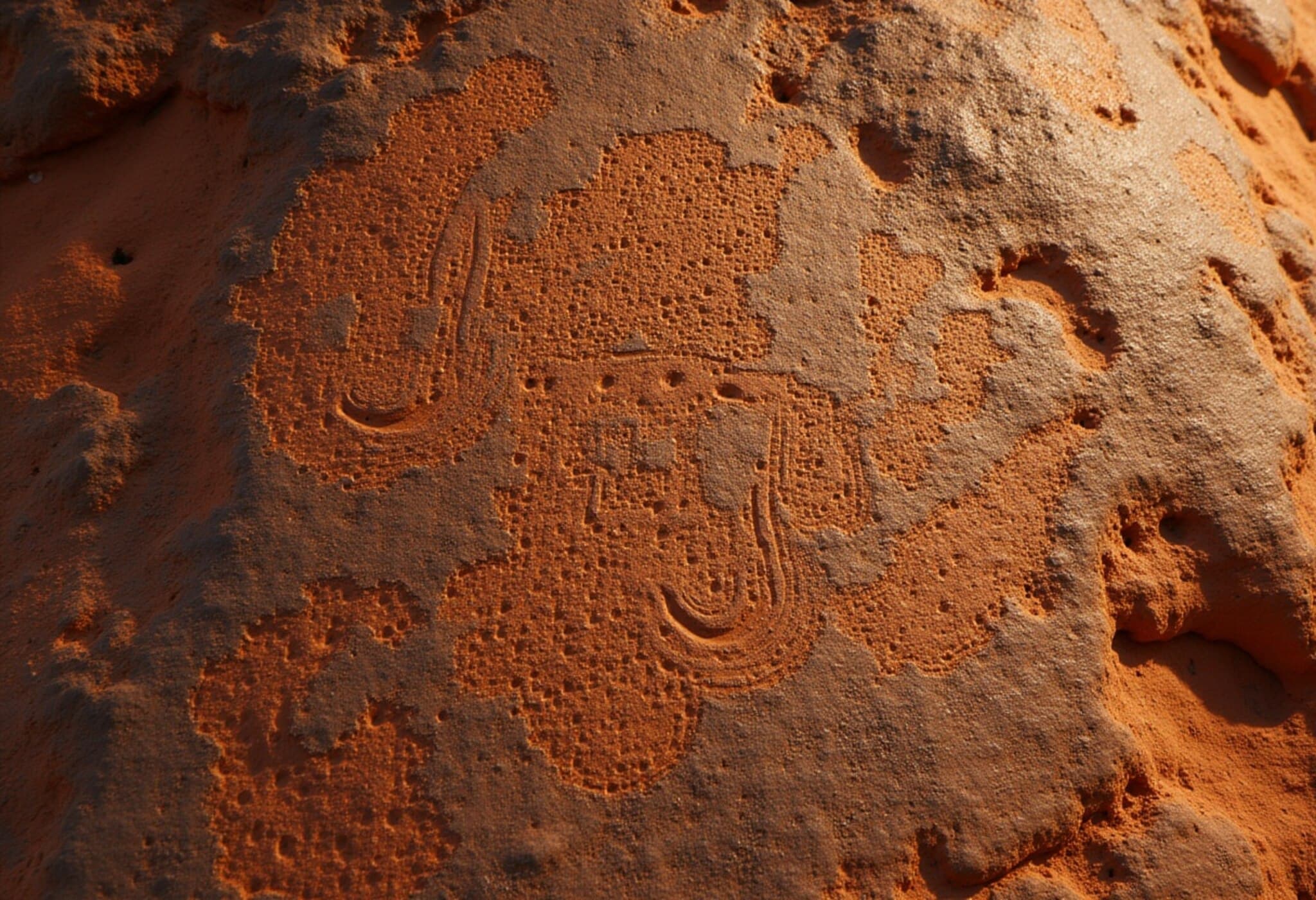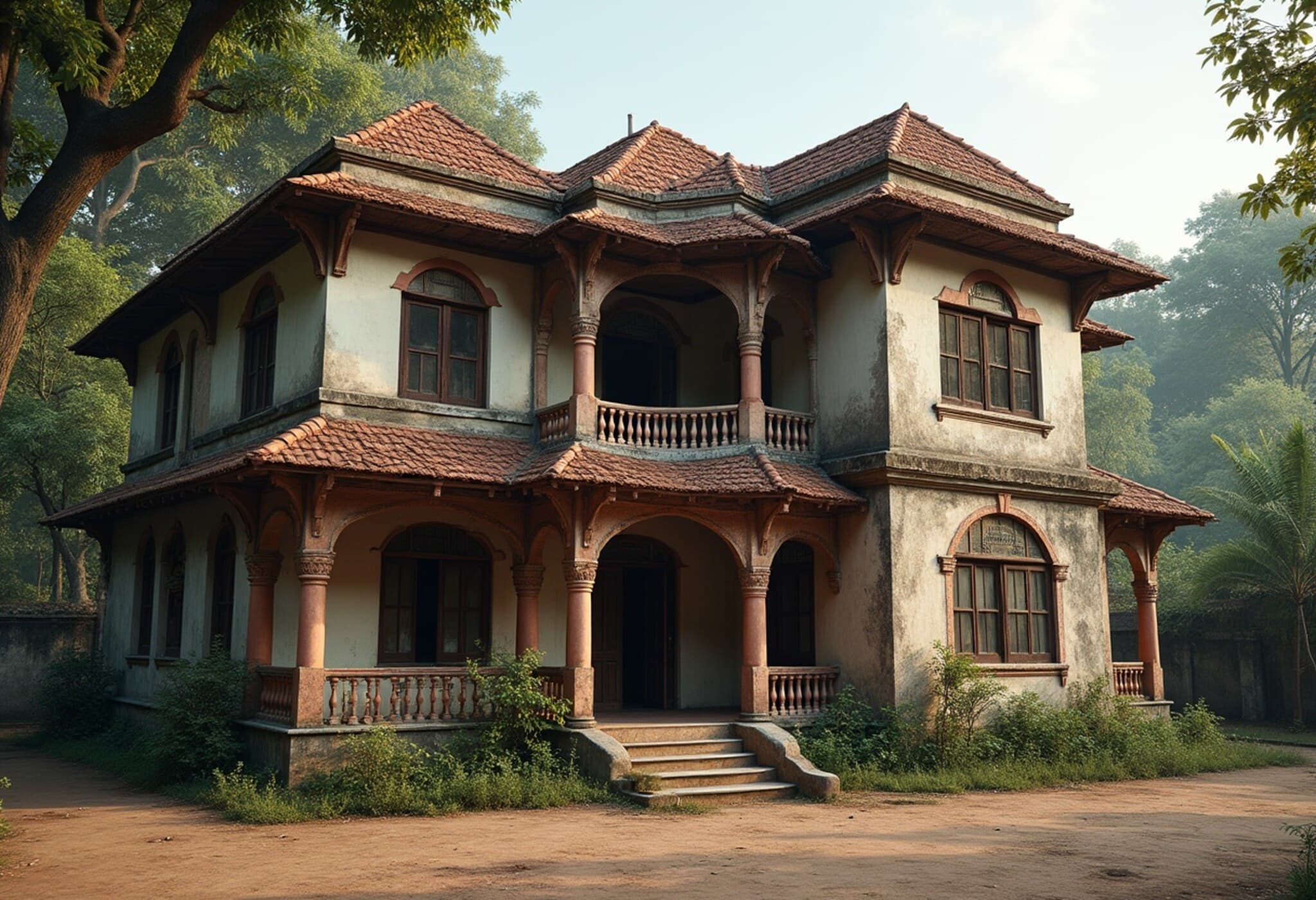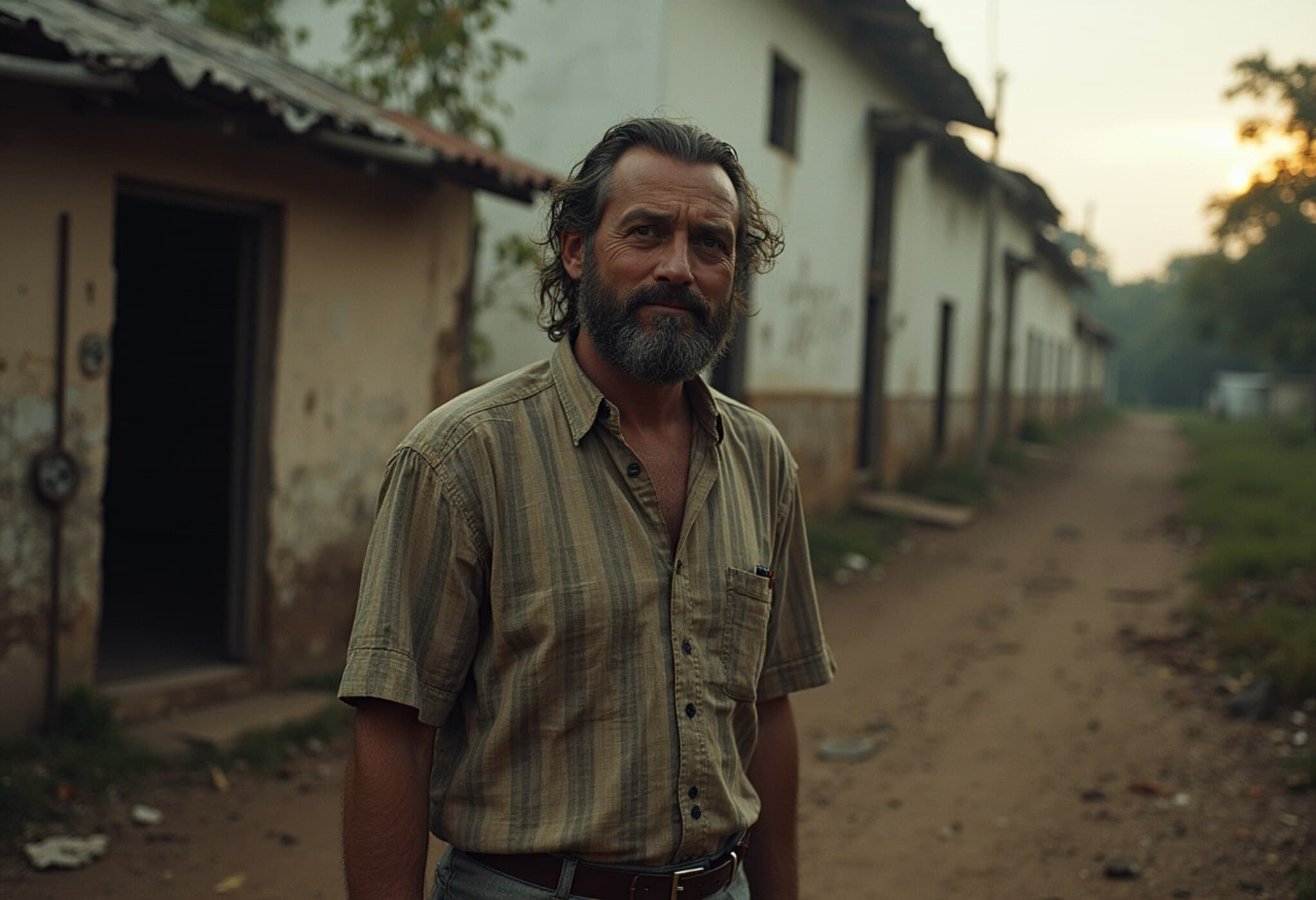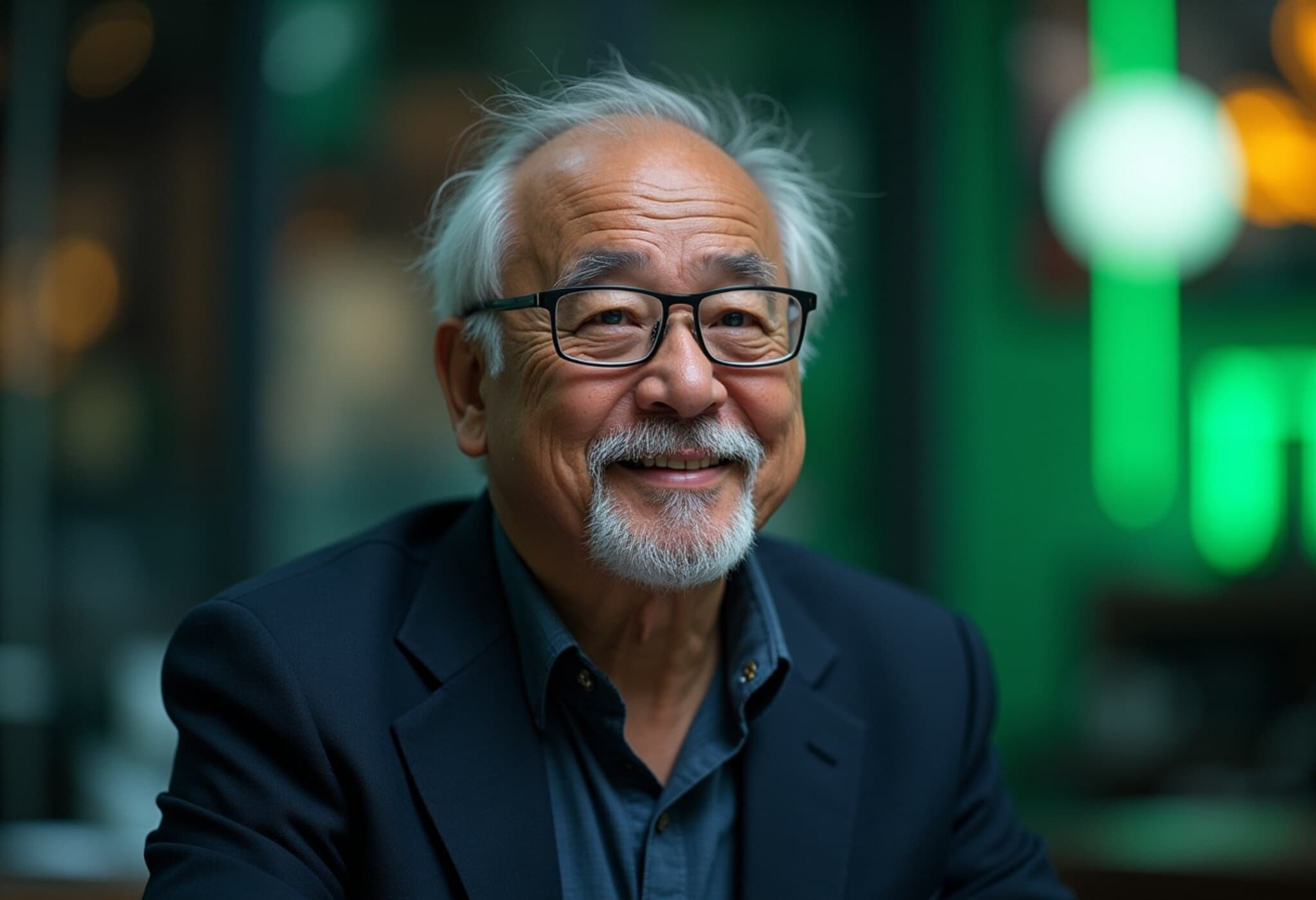Australia’s Aboriginal Delegation Calls for UNESCO Protection of Murujuga Rock Art
A group of Aboriginal representatives from Australia has arrived in Paris to appeal to UNESCO's World Heritage Committee to safeguard Murujuga — a remote site in Western Australia that contains over one million ancient petroglyphs believed to date back as far as 50,000 years. They warn that this invaluable cultural treasure is under increasing threat due to nearby industrial mining activities and environmental degradation.
Murujuga: The World's Most Concentrated Rock Art Site at Risk
Located on the Burrup Peninsula, Murujuga is home to what many experts consider the world's largest and most significant collection of rock carvings, created by the Mardudunera people. These petroglyphs represent an ancient legacy, offering a tangible link to Australia's Indigenous heritage and knowledge systems.
Benjamin Smith, a rock art specialist at the University of Western Australia, emphasizes the site’s irreplaceable value, stating, "It’s possibly the most important rock art site in the world. We should be looking after it with the utmost care."
The Growing Threat of Industrial Encroachment
Despite its cultural significance, Murujuga faces mounting risks from resource extraction projects surrounding the area, primarily the activities of large mining corporations operating in the Pilbara region, known for its rich mineral reserves. One major operator, Woodside Energy, runs the North West Shelf liquefied natural gas project nearby—a massive industrial complex that includes offshore platforms and pipelines.
These industrial activities have triggered concerns about environmental pollution and its impact on the delicate rock surfaces. The chemical residues and emissions contribute to the erosion and breakdown of the petroglyphs’ surfaces. Smith notes, "Industrial emissions are creating holes and causing significant deterioration of the rock art."
Indigenous Voices and the Fight for Cultural Preservation
Mark Clifton, a member of the Aboriginal delegation presenting their case at UNESCO, emotionally captures the stakes: "These carvings are what our ancestors left for us to learn from, to keep their knowledge alive, and to ensure our culture thrives through these sacred sites. This is why I am here."
Delegation leader Raelene Cooper has urged UNESCO for binding safeguards: "There must be the highest level of protection to ensure these sites do not suffer irreversible damage."
The delegation’s mission also underscores a broader challenge faced by Indigenous communities worldwide — balancing economic development with the urgent need to preserve cultural heritage that holds deep spiritual and historical importance.
Government Response and Environmental Debate
The Australian government is simultaneously advocating for Murujuga's recognition on UNESCO’s World Heritage List, with their own delegation—including members from the region’s Aboriginal peoples—aiming to secure support for conservation efforts. Environment Minister Murray Watt stated that Australia’s presence at the committee meeting presents a “meaningful opportunity” for protecting significant cultural and natural sites.
Woodside Energy, for its part, acknowledges Murujuga as a landscape of “profound cultural significance” and asserts that its operations follow responsible environmental practices. The company highlights independent studies backing their approach and claims proactive steps to manage their impact. However, environmental advocates remain skeptical, particularly as Woodside’s North West Shelf plant is among Australia’s top five greenhouse gas emitters annually.
In May 2025, the Australian government extended Woodside’s operating license for an additional 40 years, a move that environmentalists argue is incompatible with Australia’s commitment to reach net-zero emissions by 2050.
UNESCO’s Decision and Broader Implications
The outcome of this appeal is poised to influence not only the fate of Murujuga but also the global discourse on how modern industries coexist with ancient cultural sites. UNESCO’s listing itself does not guarantee protection but often catalyzes increased funding, tourism, and political pressure to safeguard vulnerable heritage.
Icomos, an NGO collaborating with UNESCO, has urged the Australian government to urgently eliminate acidifying emissions affecting the petroglyphs, framing the challenge as a test of genuine commitment to preserving Indigenous heritage amid economic pressures.
The World Heritage Committee is expected to announce its updated listings by Sunday, decisions that could either bolster protection for Murujuga or leave it exposed to further risks.
Expert Insight: Why This Matters Beyond Australia
Murujuga represents a critical junction where cultural preservation, environmental justice, and industrial development collide — a scenario playing out globally as Indigenous groups worldwide fight to defend ancestral lands from economic encroachment.
For policymakers and activists alike, this case underscores the importance of integrating Indigenous voices in heritage management and environmental regulation, ensuring that cultural treasures are not sacrificed in the race for natural resources.
- Murujuga’s petroglyphs: Over one million, potentially 50,000 years old
- Location: Burrup Peninsula, Western Australia
- Main threat: Industrial emissions and mining activities
- Stakeholders: Aboriginal custodians, Australian government, mining corporations, UNESCO
- Upcoming decision: UNESCO World Heritage List update announcement by Sunday
Editor’s Note
Murujuga’s battle to be recognized and protected by UNESCO is emblematic of a universal tension between preserving humanity’s shared cultural heritage and pressing economic demands. This story invites us to reflect on what is lost when ancient narratives etched into stone become collateral damage in modern industry.
As UNESCO’s decision looms, the world watches whether cultural preservation can compel meaningful environmental action—especially amid commitments to climate goals and Indigenous rights. The future of Murujuga could set a precedent for how nations balance heritage stewardship with development ambitions.











